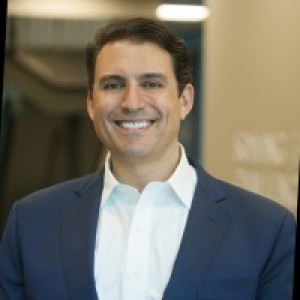- Video Library
- David Giarracco Presents Noninvasix at LSI USA '23
David Giarracco Presents Noninvasix at LSI USA '23

David Giarracco
I am a medical device executive with over twenty-five years of leadership experience spanning quality, engineering, and operations including product line, business integrations and new product launches, six-sigma implementations for both operations and business process, and US and global marketing in surgical and monitoring environments.
My marketing experiences span business development (target identification, business case development, diligence), product development (concept through commercialization), into tactical commercial execution bringing innovative solutions to new sites. Market segments span the "admit to discharge" care continuum including the highest acuity in the OR/ICU through terminal chronic care and home care environments.
My experiences are built upon a four years foundation of basic science research at a premier international research institution.
David Giarracco
I am a medical device executive with over twenty-five years of leadership experience spanning quality, engineering, and operations including product line, business integrations and new product launches, six-sigma implementations for both operations and business process, and US and global marketing in surgical and monitoring environments.
My marketing experiences span business development (target identification, business case development, diligence), product development (concept through commercialization), into tactical commercial execution bringing innovative solutions to new sites. Market segments span the "admit to discharge" care continuum including the highest acuity in the OR/ICU through terminal chronic care and home care environments.
My experiences are built upon a four years foundation of basic science research at a premier international research institution.

17011 Beach Blvd, Suite 500 Huntington Beach, CA 92647
714-847-3540© 2025 Life Science Intelligence, Inc., All Rights Reserved. | Privacy Policy







